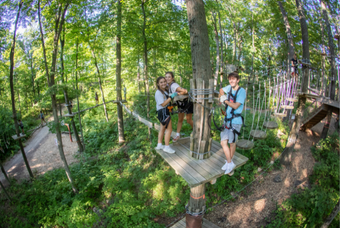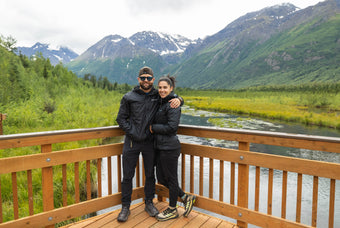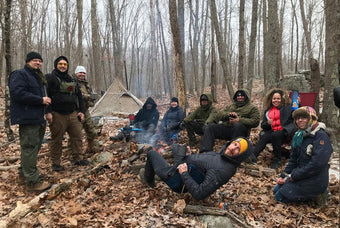Lorem ipsum dolor sit amet
Purpose of Different Headlamp Lighting

The Art of Illumination: The Best Use of Red, Green, and Blue Light in a Headlamp
When it comes to headlamps, most people think of the traditional white light that helps illuminate a trail after dark or the light you need to move around camp after dark. Headlamp technology has advanced to include additional colors of light to enhance optical performance. These additional colors are red, green, and blue lights. Each with its unique purpose and benefits. Let’s explore the best uses of red, green, and blue light in a headlamp and how these different colors can enhance your outdoor adventures, work, and hobbies.
One of the most practical uses of red light in a headlamp is its ability to preserve night vision. Red light has a longer wavelength and is less likely to disrupt your eyes' natural adaptation to low-light conditions. When you're out in the dark and need to read a map, navigate a campsite, or simply avoid stumbling over roots and rocks, switching to a red light can make a world of difference. Additionally, the people you are camping with will be a lot more comfortable talking to you with your red light on your headlamp instead of a blinding white light.
- Astronomy: Red light is particularly valuable for astronomers who need to read star charts, adjust their telescopes, or observe the night sky without destroying their night vision.
- Military and Tactical: Soldiers and law enforcement personnel often use red lights to maintain their stealth in nighttime operations, as it is less likely to give away their position.
Green light has gained popularity in headlamps due to its unique benefits, primarily its capacity to enhance depth perception. This makes it an excellent choice for various outdoor activities and professions.
- Depth perception can be very important when navigating a rocky trail at night. Being able to see rocks and roots to avoid stumbling.
- Hunting: Hunters often use green light to track game in low-light conditions because it doesn't startle animals as much as white light. It can help them navigate and spot game without disturbing their surroundings.
- Fishing: Anglers appreciate green light as it penetrates water more effectively, making it easier to see underwater structures and fish, especially during night fishing trips.
- Search and Rescue: Green light can be helpful for search and rescue teams, allowing them to spot objects and individuals more clearly in challenging environments.
Blue light headlamps are less common but can serve various purposes, especially in recreational and hobbyist settings. Photography: Photographers who enjoy capturing the night sky or long-exposure shots benefit from blue light to illuminate their subjects without distorting colors. It can create an ethereal, otherworldly atmosphere in photos.
- Caving and Scuba Diving: Blue light can be used for exploring caves or underwater environments, as it can reveal hidden features and highlight the beauty of natural formations.
- Stage Lighting and Performances: In the world of entertainment, blue light can enhance stage performances, create unique effects, and evoke specific moods.
If some of these uses sound like something, you could use to enhance your next excursion into the dark upgrade your headlamp to one that will enhance your vision at night. Afterall half of a 24-hour day is at night. The night is something to explore.







